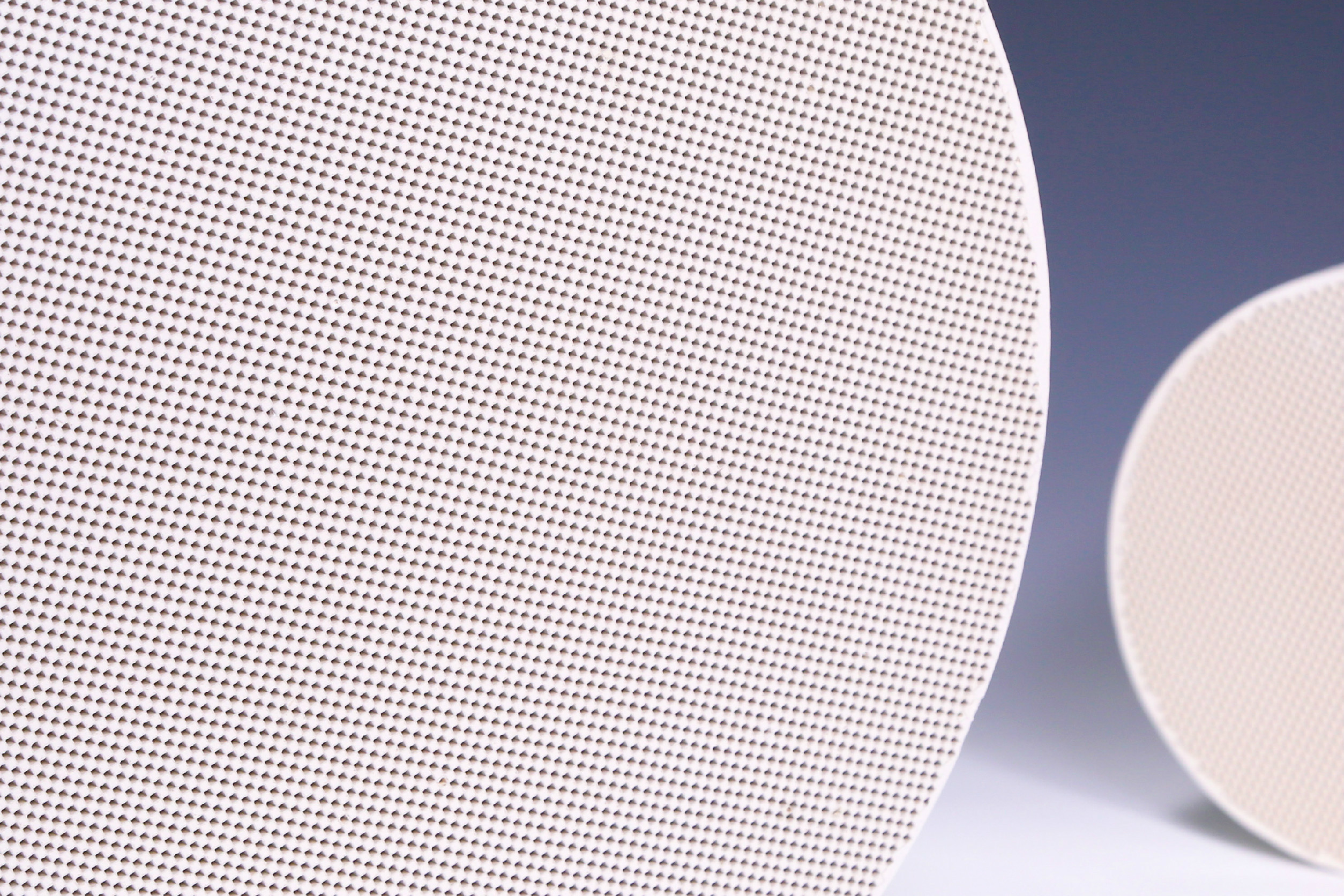The ceramic monolith used in converters has a pore structure around 3 to 4 µm pores which allows both mechanical and chemical link to the washcoat.
Ceramic catalytic converter substrate manufacturing process.
Operating temperatures may be in excess of 900 and the substrate will also be exposed to fast moving corrosive exhaust gases rapid changes in temperature.
It offers a high surface area for washcoat deposit like al 2 o 3 and can be further impregnated with a catalytic component such as platinum.
The manufacturing process.
A ceramic catalytic converter is made by first creating an electrode by cutting space apart holes through an electrode block threading an electrode wire through each hole in the block and performing wire cutting electrical discharge machining to form a cutting surface with a plurality of cell walls converging at rounded corners.
The electrode is used to cut an extrusion die a feedhole is.
The dimpled fabric then undergoes high temperature firing for hardening and degreasing and then water quenching to harden the metal which improves heat tolerance.
Metallic cores offer a significant advantage being more economical and less restrictive than old ceramic cores while maintaining high durability.
A manufacturing process for producing a particulate reactor substrate according to the invention includes the steps of first roll stamping small raised dimples into the fabric substrate to control its coiled density.
The method of manufacturing the catalytic converter of claim 1 wherein said precious metal is from the group of platinum palladium or rhodium.




























